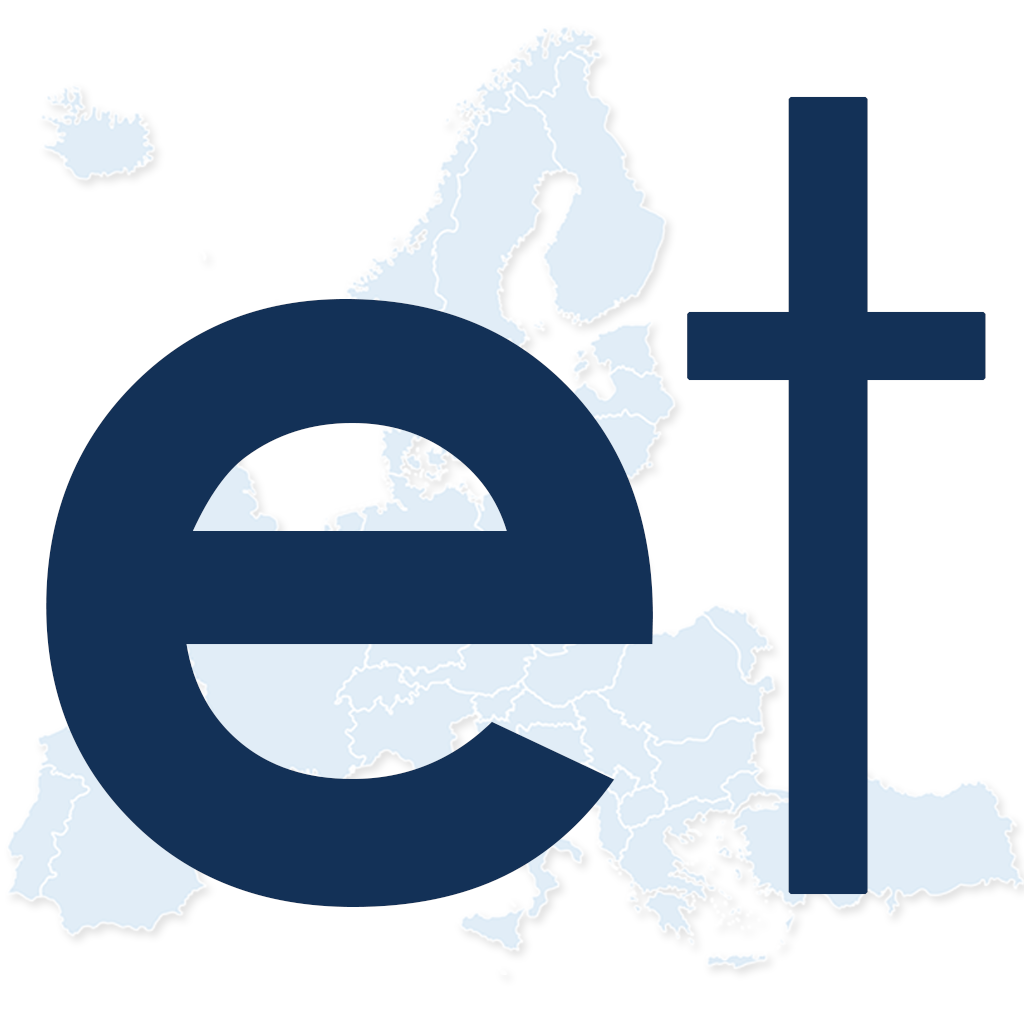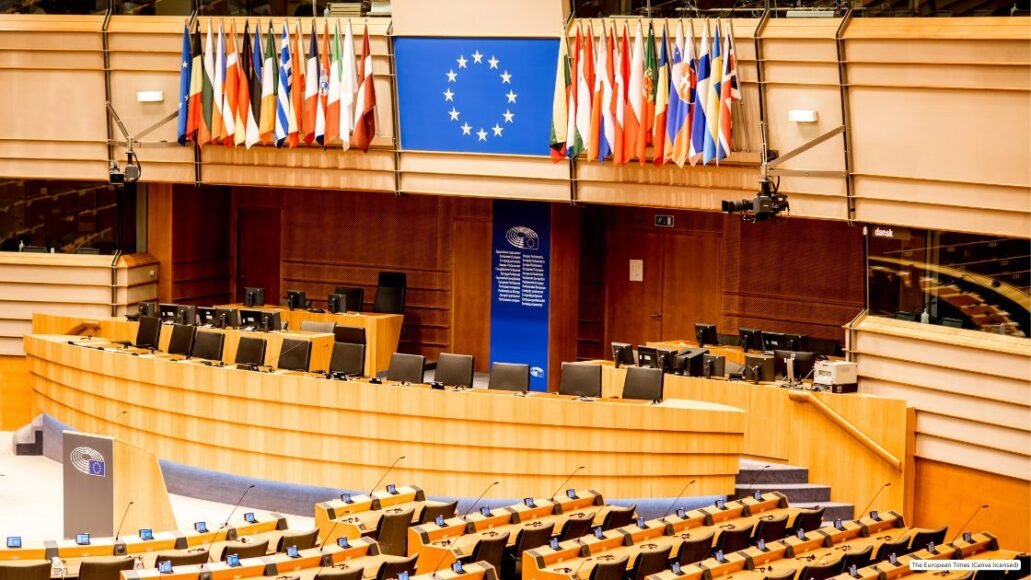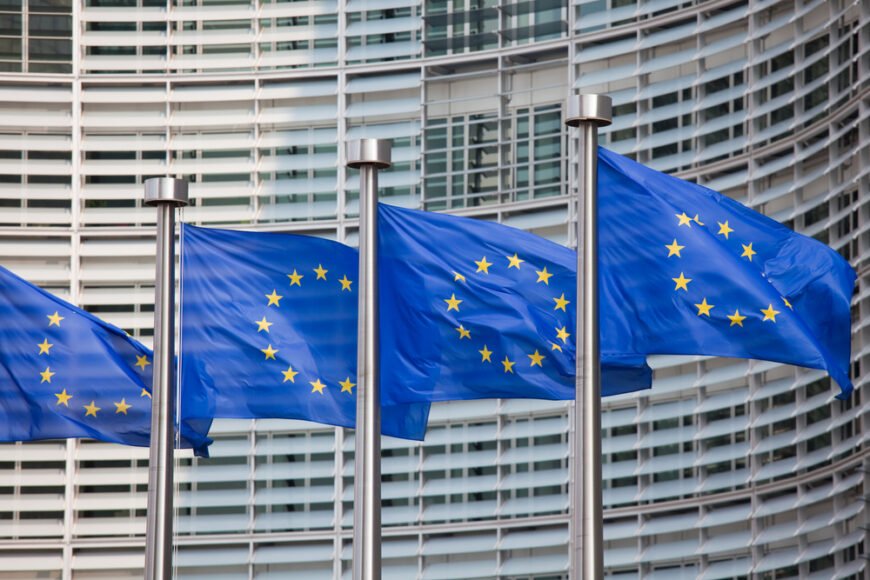A Guide to Understanding Key Institutions in EU Governance
Navigating the European Union’s (EU) governance system can seem daunting, but grasping the role of its principal institutions is essential for engaging with or comprehending the union’s decision-making processes. This article provides a breakdown of the major institutions that drive the EU’s legislative and policy frameworks, including the European Commission, the European Parliament, and the Council of the European Union. By understanding these institutions, you can gain valuable insight into how they function both independently and collaboratively within the EU’s extensive structure.
The Structure of the European Union
Overview of EU Institutions
The European Union’s institutional framework is designed to balance power and ensure effective governance across its member states. At the heart of this system are three primary institutions: the European Commission, the European Parliament, and the Council of the European Union. Complementing these are other bodies, such as the European Court of Justice and the European Central Bank, which play crucial roles in the EU’s overall functionality.
Each institution fulfills specific roles, ensuring that policies are proposed, debated, and enforced in a transparent and efficient manner. This system fosters a democratic environment where EU citizens can actively engage with governance processes that impact their lives.
The European Commission acts as the union’s executive body, proposing legislation and implementing decisions. The European Parliament represents EU citizens directly, utilizing its legislative powers to advocate for their interests. Meanwhile, the Council of the European Union provides a platform for member state governments to incorporate national perspectives into the EU’s legislative process. Together, these institutions embody the balance between European integration and national sovereignty, giving citizens a voice in shaping a unified European society.
The Treaties and Legal Framework
Underlying the EU’s institutions is a robust legal framework established through a series of foundational treaties. The Treaty on European Union (TEU) and the Treaty on the Functioning of the European Union (TFEU) serve as the legal cornerstones that define the roles, responsibilities, and authority of the EU’s institutions.
These treaties not only establish the limits of institutional power but also uphold the principles of cooperation and sovereignty among member states. They provide the flexibility required to adapt policies to meet the evolving needs of the EU’s citizens and member countries. Understanding these legal foundations equips individuals with critical knowledge about how decisions are made within the EU and how citizens can influence its dynamic political landscape.
—
The European Commission
Role and Responsibilities
The European Commission is often regarded as the driving force behind the EU’s governance. This executive body is tasked with initiating legislation, enforcing EU laws, and implementing policy decisions. It also represents the EU on an international stage, particularly in areas such as trade and environmental agreements. As the “guardian of the treaties,” the Commission ensures that the interests and obligations of the EU are upheld across all member states.
Composition and Functioning
The European Commission consists of 27 Commissioners, one from each member state. Each Commissioner is responsible for a specific portfolio, such as climate action, trade, or the digital economy. This arrangement ensures that every member state has a voice in shaping the EU’s legislative priorities.
The Commissioners meet regularly to review policy priorities, propose new legislation, and address ongoing challenges. These sessions emphasize transparency and accountability, with mechanisms for public engagement allowing EU citizens to voice concerns and feedback. By understanding the Commission’s structure and processes, individuals can gain a clearer perspective on how policies that affect millions are conceived and executed.
—
The European Parliament
Legislative Powers
The European Parliament (EP) plays a pivotal role in the EU’s legislative process. It is directly elected by EU citizens and works alongside the Council of the European Union to propose, amend, scrutinize, and approve legislation. This collaborative process ensures that the interests of EU citizens are well-represented in laws and policies that impact their daily lives.
Representation and Elections
Every five years, EU citizens vote for Members of the European Parliament (MEPs), who represent specific geographic constituencies across the union. This electoral process empowers citizens to shape the composition of the EP and influence the policies it prioritizes.
The Parliament’s diverse membership reflects the political, regional, and ideological diversity of the EU’s populace. By actively participating in elections, citizens can directly impact the direction of EU governance and its legislative agenda.
—
The Council of the European Union
Decision-Making Process
The Council of the European Union, often referred to as the Council, is a key legislative body where ministers from each member state’s government meet to discuss, amend, and approve EU laws. It employs various voting methods, with qualified majority voting (QMV) being the most common. QMV balances the interests of both larger and smaller member states, while unanimity is required for more sensitive issues like foreign policy and taxation














Leave a Reply